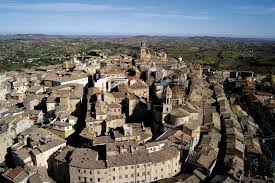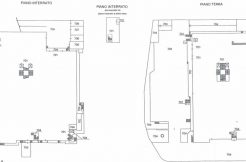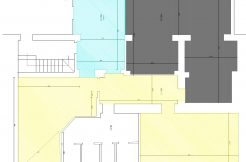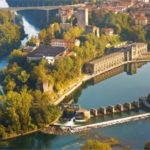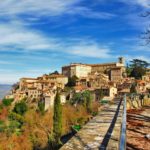Property ID : 1034
Sale 1.200.000€ - Palace
Historical building from 1500 Macerata
Prestigious historic palace from the 1500s in the suburb of macerata.
Ancient stables, vaulted cellars, halls with valuable period details.
Total area of about 3,000 square meters.
Some information about Macerata
It rises on a hill 315 meters above sea level between the valley of the Potenza River north and that of the river Chienti south; it is located 30 km west of the Adriatic Sea and about 60 km from theUmbria-Marche Apennines.Macerata’s climate is typical of the hilly inland area of the Marche region and has both Mediterranean and continental elements. The influence of the sea has its own weight, Macerata being located only 30 km from the coast, but a greater role in determining the city’s climatic conditions must be credited to the albeit modest altitude (315 m) and the relative proximity of the Apennine foothills. Winter is usually quite cold and quite rainy. Fogs are far from infrequent, and snowfalls, while not occurring very often, are sometimes quite intense and abundant (see the exceptional ones in January 2005 and February 2012, with accumulations around a meter). The greatest snowfall occurs with cold irruptions from the nearby Balkans, that is, from the east-northeast. But disturbances from the north or northwest are also capable of causing snow falls, sometimes substantial. Even in the middle of winter there is no shortage of mild, sunny periods, which combined with garbino can lead to highs around + 15 / + 20 °C.
Just the garbino is perhaps[source-less] the wind capable of reaching the most violent gusts in the city, up to over 100 km/h. Intermediate seasons are generally rich in rainfall and quite variable. Snowfall and late frosts can occur as late as April, while there is no shortage of early cold or remnants of summer in the fall. The summer season usually runs from June to September and is warm and quite sunny. The mugginess is far less intense and frequent than on the coast, but there is no shortage of periods of very intense heat, with highs that can touch and sometimes exceed + 40° (if the garbino blows). Minimum lows also remained high, especially in the hills and downtown. Afternoon-evening thunderstorms, usually from the Apennine areas, are frequent during summer brackets characterized by marked instability, which generally become more intense and prolonged in August.

